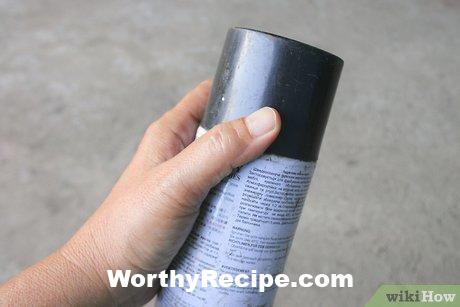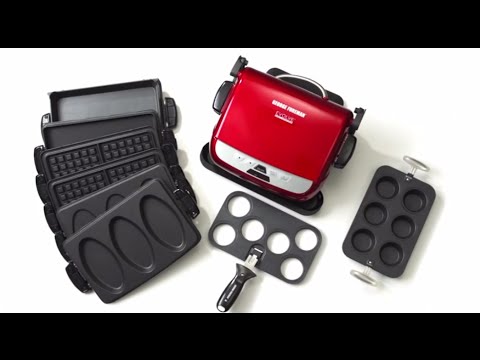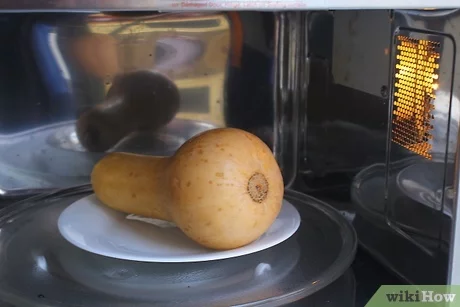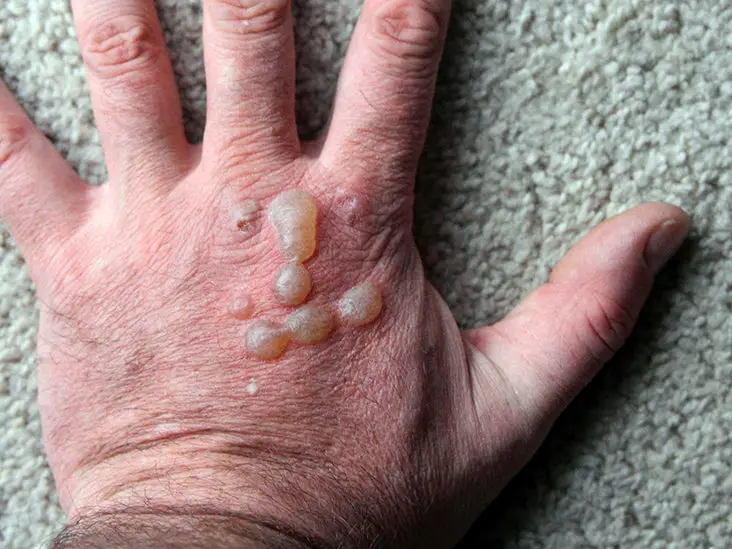Metal cabinets are a popular choice for storage in homes and businesses due to their durability and longevity. However, over time, they may start to show signs of wear and tear, such as rusting or chipping paint. That’s where repainting comes in. Repainting metal cabinets can give them a whole new life, but it’s important to choose the right type of paint to ensure a long-lasting finish. In this article, we’ll discuss the different types of metal cabinets commonly found in homes and businesses, how to choose the right type of paint, and tips on prepping and painting metal cabinets.
Understanding Metal Cabinets and Their Surfaces
Metal cabinets are usually made from steel or aluminum, both of which have their own unique characteristics. Steel is the most common type of metal cabinet material due to its strength and affordability. However, steel is also known to rust over time if not properly maintained. Aluminum, on the other hand, is lightweight and doesn’t rust as easily as steel.
The type of surface on your metal cabinet also plays a role in choosing the right type of paint. If your cabinet has a powder-coated finish, you’ll need to use a special type of paint that’s compatible with this finish. Powder coating is a type of coating that is applied as a free-flowing dry powder and then cured under heat to form a hard and durable finish.
Identifying the Right Paint for Your Project
Choosing the right type of paint for your metal cabinet project depends on several factors, such as the level of durability required and the desired color and finish. Here are some common types of paint used for metal cabinets:
- Oil-based enamel: This is one of the most durable types of paint for metal cabinets. Oil-based enamel provides a hard finish that is resistant to scratches and chips.
- Latex enamel: Latex enamel is an eco-friendly option that dries quickly and doesn’t emit toxic fumes. It’s also a good choice for cabinets that won’t be subjected to heavy use or outdoor elements.
- Epoxy: Epoxy paints provide an extremely durable finish that is resistant to scratches, chemicals, and moisture. This type of paint is commonly used for metal surfaces that will be exposed to heavy use or harsh environments.
Once you’ve chosen the right type of paint, you’ll need to decide on the color and finish. Popular finishes for metal cabinets include matte, gloss, and satin. Keep in mind that certain colors may require multiple coats to achieve full coverage.
Prepping Metal Cabinets for Painting
Properly prepping your metal cabinet surfaces is essential for achieving a smooth and long-lasting finish. Here are some steps to follow:
- Clean the surfaces: Use a degreaser and a lint-free cloth to remove any dirt, dust, or grease from the surface of the cabinet. Make sure the surfaces are completely dry before proceeding.
- Remove old paint: If your cabinets have chipped or peeling paint, you’ll need to remove it before repainting. Sanding or using a paint stripper can help remove old paint effectively.
- Repair any damage: If there are dents or holes in your metal cabinets, use a filler compound to repair them before painting.
- Sand the surface: Sanding your cabinet surfaces with fine-grit sandpaper will help create a smooth surface that the new paint can adhere to.
- Apply primer: Applying primer to your cabinet surfaces is essential for ensuring proper adhesion of the new paint. Be sure to choose a primer that’s compatible with both your metal surfaces and your chosen type of paint.
Applying Paint to Metal Cabinets
Before applying paint, make sure you have all of the necessary tools at hand, such as a brush or roller, painters tape, and drop cloths.
Here are some steps to follow when applying paint to metal cabinets:
- Paint the edges first: Use a brush to paint the edges of your cabinet surfaces.
- Roll on the paint: Use a roller to apply paint to the larger surfaces of your cabinets.
- Apply additional coats: Depending on the color and finish you’ve chosen, you may need to apply multiple coats of paint. Be sure to let each coat dry completely before applying the next one.
- Allow to dry and cure: Once you’ve applied all of the necessary coats of paint, allow your cabinets to dry and cure according to the manufacturer’s instructions. This may take several days depending on the type of paint you’ve chosen.
Caring for Painted Metal Cabinets
Proper care and maintenance is key to ensuring that your painted metal cabinets last for many years to come. Here are some tips:
- Avoid using harsh chemicals or abrasive materials when cleaning your cabinets.
- Regularly clean dust and debris from your cabinets to prevent buildup.
- Protect your cabinets from moisture, heat, and abrasion by using coasters or placemats under items.
Troubleshooting Common Issues with Painted Metal Cabinets
Here are some common problems that can occur with painted metal cabinets and how to fix them:
- Peeling or chipping paint: This may be caused by inadequate surface preparation or improper curing of the paint. To fix, remove any loose paint and reapply a new coat of paint.
- Rust spots: This may be caused by exposure to moisture or environmental elements over time. To fix, remove rust with steel wool or sandpaper and apply a rust-inhibiting primer before painting.
- Uneven coverage: This can be caused by applying too thick a layer of paint, not properly sanding the surface, or using an incompatible primer. To fix, sand down any heavy spots and apply an additional coat of paint.
Maintaining Painted Metal Cabinets Over Time
To maintain the appearance and longevity of your painted metal cabinets over time, consider implementing a regular maintenance schedule. Here are some tasks you can do:
- Periodically check for signs of damage or wear and address appropriately.
- Clean your cabinets regularly to prevent buildup of dust and debris.
- Touch up any chips or scratches in the paint to prevent further damage.
In conclusion, repainting metal cabinets can give new life to an old storage solution. However, it’s important to choose the right type of paint and properly prep your surfaces for the best results. By following these guidelines, you can ensure that your painted metal cabinets look great for many years to come.
Frequently Asked Questions
1. Can I use any type of paint on my metal cabinets?
Yes, you can use any type of paint on your metal cabinets as long as it is designed for metal surfaces. However, for the best results, it is recommended to use a paint that is specially formulated for metal cabinets.
2. Do I need to prime my metal cabinets before painting them?
It is highly recommended to prime your metal cabinets before painting them. A primer will help the paint adhere better to the surface and prevent it from chipping or flaking off over time.
3. What type of paint finish should I use for my metal cabinets?
The type of paint finish you should use depends on your personal preference and the usage of the cabinets. For a more durable finish, it is recommended to use a semi-gloss or high-gloss paint finish.
4. How do I prepare my metal cabinets for painting?
To prepare your metal cabinets for painting, you need to clean them thoroughly with soap and water or a degreaser. Scuffing the surface with sandpaper or steel wool can also help the paint adhere better. Make sure to remove any rust or loose paint before priming and painting the cabinets.






